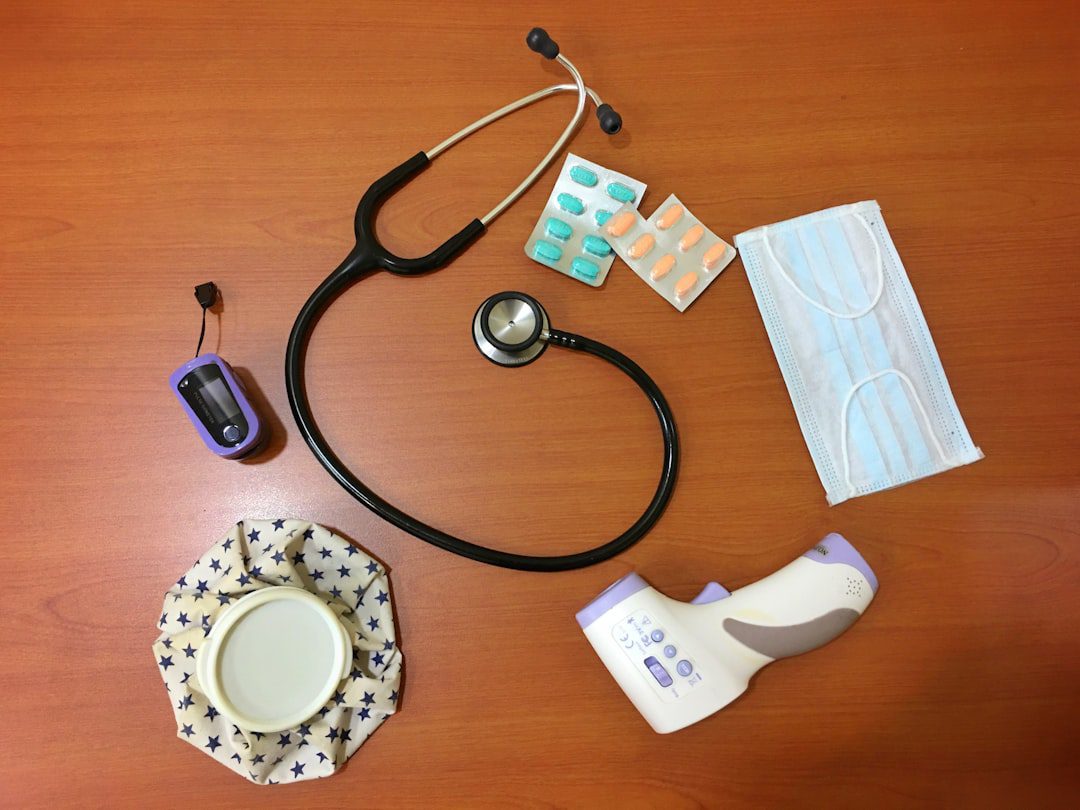
FDA’s Enhanced Medical Device Recall Communication Strategy
The FDA has officially expanded its Medical Device Recall Alert Program beyond its initial pilot phase, now covering all medical devices after successfully issuing 19 early alerts since March 2024. This expansion represents a significant shift in how the agency communicates critical safety information to healthcare providers, patients, and medical device manufacturers.
Understanding the Expanded Alert Program
The FDA’s recall alert program was initially launched as a pilot to test faster communication methods for high-risk device recalls. The program’s success—demonstrated through 19 targeted alerts over approximately eight months—has prompted the agency to make this enhanced communication strategy permanent and comprehensive.
These alerts serve as an early warning system, notifying stakeholders about potentially dangerous medical devices before formal recall processes are completed. The alerts are designed to:
- Accelerate safety communication timelines
- Provide immediate actionable guidance to healthcare providers
- Reduce patient exposure to potentially harmful devices
- Complement, not replace, traditional recall procedures
Why This Matters for Medical Device Manufacturers
This program expansion has several critical implications for medical device manufacturers operating under FDA jurisdiction:
Accelerated Timeline Pressures: Manufacturers can expect faster FDA communication about safety issues, which means less time to prepare responses and implement corrective actions. The traditional recall timeline, which could take weeks or months, may now be compressed to days.
Enhanced Quality System Requirements: With the FDA’s increased focus on rapid safety communication, manufacturers must ensure their quality management systems can quickly identify, assess, and respond to safety signals. This includes robust post-market surveillance capabilities as required under ISO 13485 and 21 CFR Part 820.
Supply Chain Transparency: The expanded program may require manufacturers to provide more detailed supply chain information more quickly, particularly for devices that could affect patient safety across multiple healthcare facilities.
Immediate Action Steps for Compliance
Medical device manufacturers should take several proactive steps to align with this expanded FDA approach:
1. Strengthen Post-Market Surveillance Systems
Implement robust monitoring systems that can quickly detect safety signals from customer complaints, adverse event reports, and field performance data. Ensure compliance with FDA’s Medical Device Reporting (MDR) requirements under 21 CFR Part 803.
2. Develop Rapid Response Protocols
Create internal procedures for quickly assessing potential safety issues and preparing responses within compressed timeframes. This includes pre-drafted communication templates and clear escalation pathways.
3. Enhance Risk Management Processes
Review and update risk management files per ISO 14971 to ensure they adequately address post-market risks and include scenarios for rapid safety communication. Focus on residual risk assessment and risk-benefit analysis documentation.
4. Improve Stakeholder Communication Plans
Develop comprehensive communication strategies that can be activated quickly when FDA alerts are issued. This includes direct communication with customers, distributors, and healthcare providers.
Long-Term Strategic Considerations
The expansion of this program signals the FDA’s commitment to more proactive safety oversight. Manufacturers should view this as an opportunity to demonstrate their commitment to patient safety through:
- Voluntary implementation of enhanced monitoring systems
- Proactive communication about potential safety issues
- Investment in predictive analytics for early safety signal detection
- Collaboration with FDA through programs like the Voluntary Medical Device Reporting Program
This expanded alert program represents the FDA’s evolution toward more dynamic, real-time safety oversight. Medical device manufacturers who adapt their quality systems and communication strategies to align with this approach will be better positioned to maintain compliance while protecting patients and preserving market access.


No comments yet. Be the first to comment!